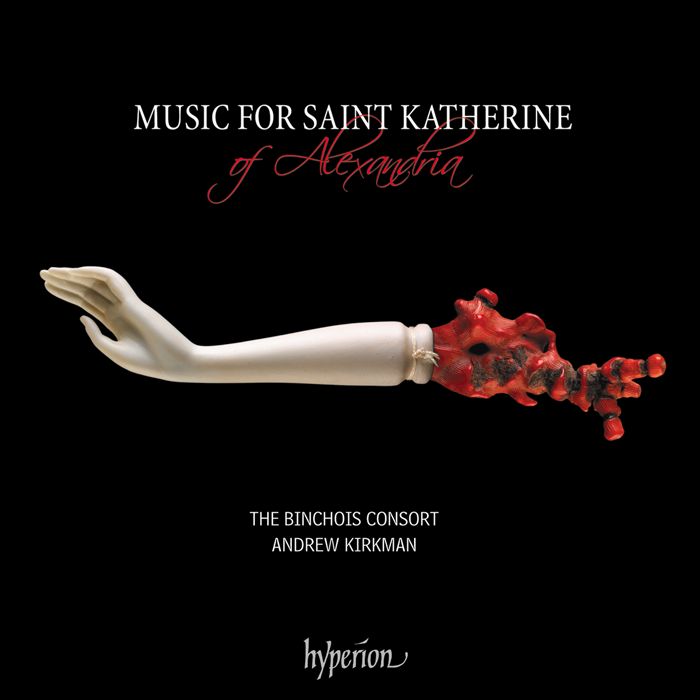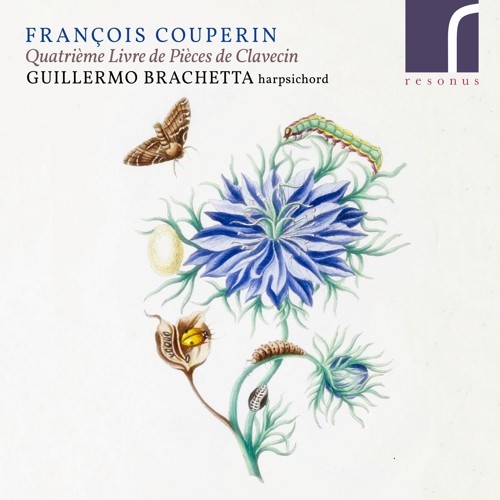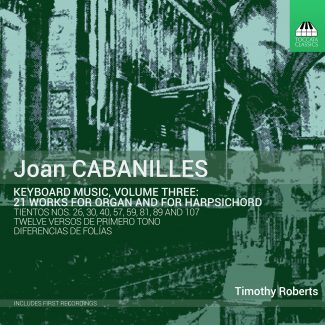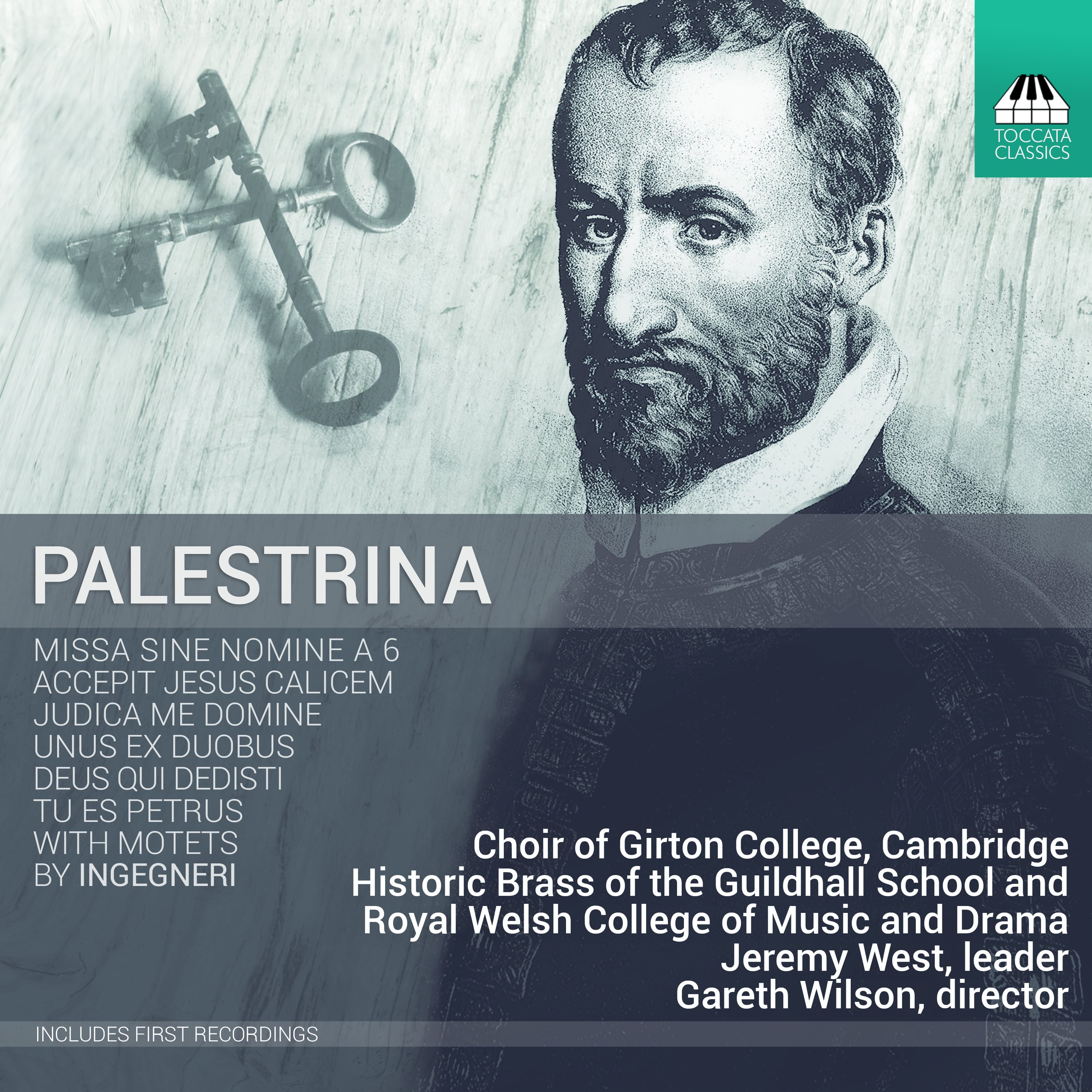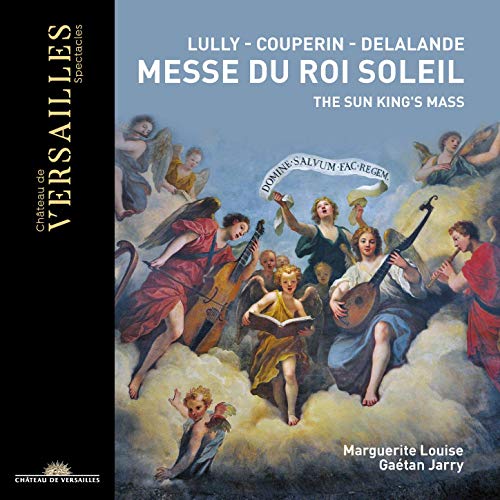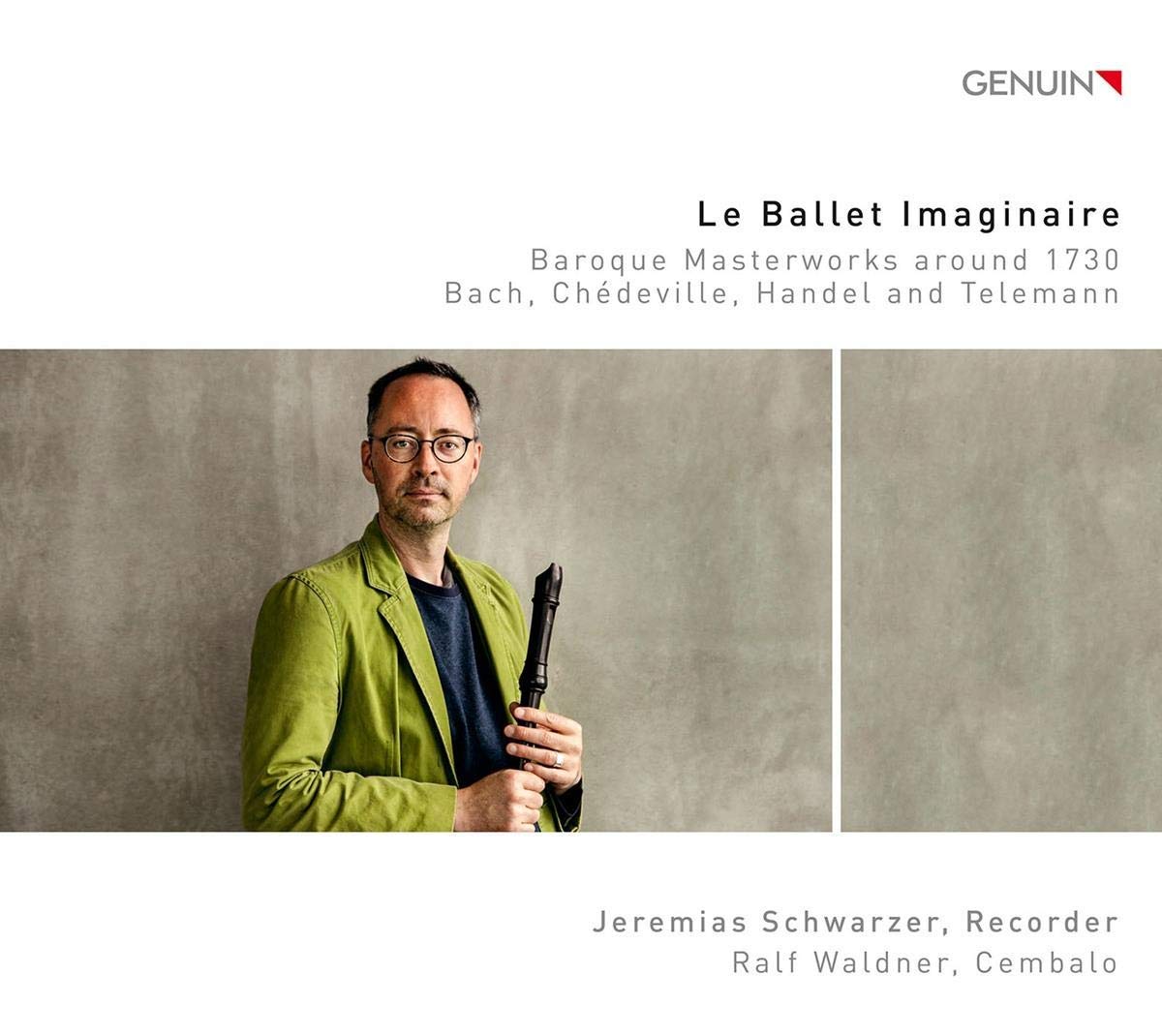Mie Hayashi harpsichord
65:11
resonus RES10236
At an aristocratic funeral recently I was impressed by the fact that one of the participants had a double-barrelled middle name, but the French Baroque harpsichord composer Royer knocks that into a cocked hat with his triple-barrelled name! From the generation after the great François Couperin, Royer powerfully illustrates that the French harpsichord tradition continued to go from strength to strength. One of the most influential French composers of his time, Royer oversaw much of the more lavish orchestral and chamber music which graced the French court in the mid-eighteenth century. It is striking that his First book of harpsichord music from which this programme is drawn appeared in 1746, the year of the battle of Culloden, and the world of contrived elegance it evokes stands as testimony to the refinement of the Court of Louis XVth. Playing a lovely 2010 reproduction by Andrew Garlick of a Jean-Claude Goujon harpsichord of 1749, harpsichordist Mie Hayashi has selected a wonderfully varied set of pieces, ranging from demure dances to a thunderous pair of Tambourins, an unsettlingly unbalanced Vertigo and Royer’s only well-known piece nowadays his wonderfully virtuosic Marche des Scythes. My favourite piece was the enigmatic Les tendres Sentiments, as with all the repertoire, played with sensitivity and élan by Miss Hayashi.
D. James Ross
Click here to visit the record company’s website.


